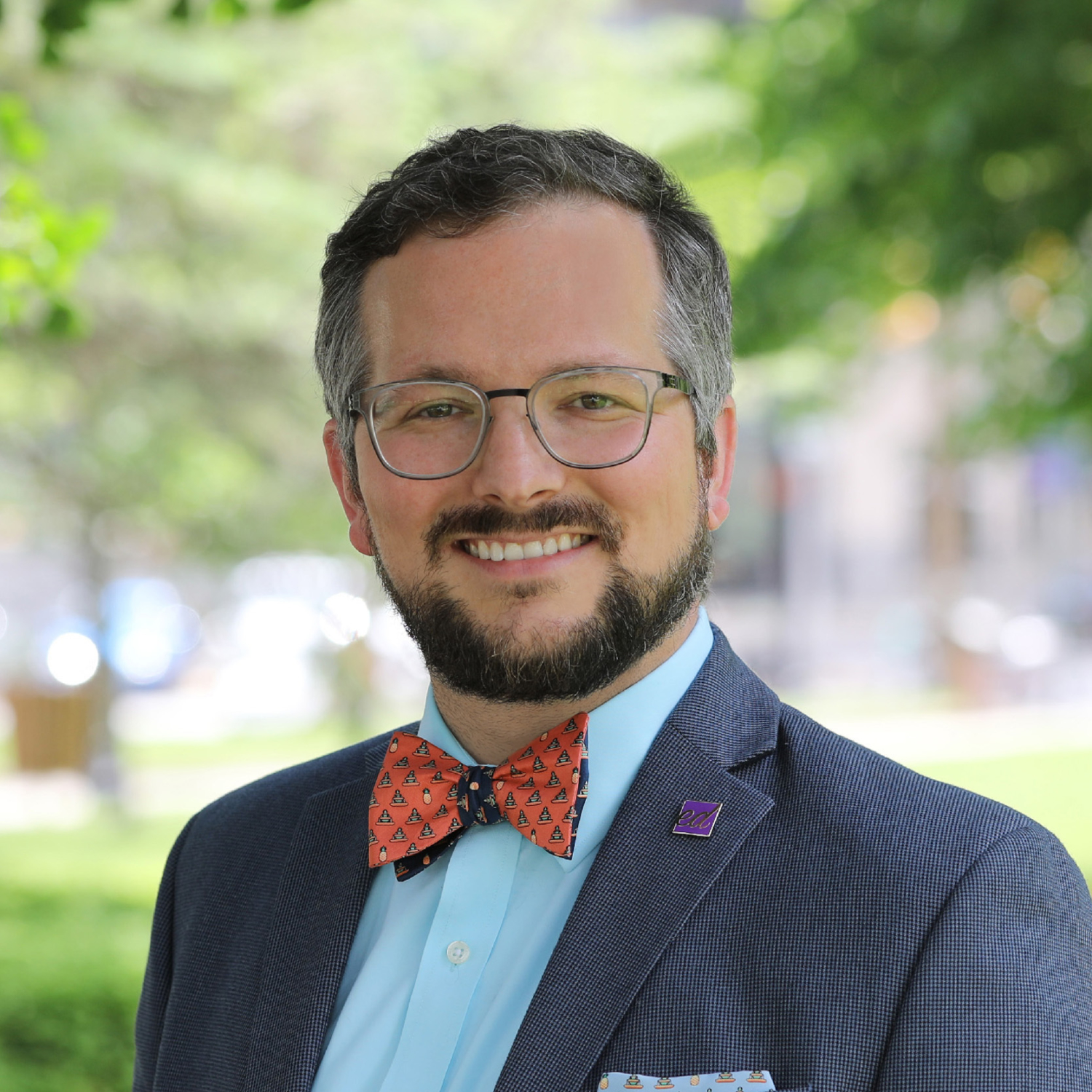Missouri Bill Competes with Arkansas to Create Nation’s First Tax Credit-Funded ESAs
Yes, Missouri is on its way to its first educational choice program!
In the coming weeks, Missouri legislators will be discussing a bill that could create the nation’s first tax credit-funded education savings accounts (ESAs). Arkansas is the only other state considering a tax credit-funded ESA so far this session.
This bill, if passed as substituted in the Senate Committee on Government Reform, would establish the Missouri Empowerment Scholarship Accounts Program—a tax credit-funded ESA for all kindergarteners and first-graders and students enrolled in a public school for at least one semester in the last year.
The potential ESA program would operate in a similar fashion to ESAs in other states. Here’s how it would work:
Student Eligibility
Students must be residents of the state who attended a public school during at least one semester in the preceding 12 months. Incoming kindergarteners and first-graders do not need to meet the prior public school enrollment requirement, as well as any students attending school for the first time.
Student Funding
Educational assistance organizations will determine ESA amounts, not to exceed the State Adequacy Target ($6,241 for 2017–18).
Taxpayers (both businesses and individuals) will generate funds by donating to nonprofit educational assistance organizations and receiving up to a 100 percent credit on their state income tax. Up to $25 million in credits will initially be available on an annual basis. If 90 percent or more of the credits are claimed in a given year, the total credit limit will increase by 20 percent.
Allowable Uses
Funds may be used to pay for:
- Tuition and fees at an eligible private school
- Private online learning programs
- Public or private virtual schooling
- Public school classes or educational services (as long as the student does not attend full-time)
- Fees for summer education programs and specialized after-school education programs
- Textbooks, curriculum and other instructional materials
- Tutoring services
- Community college costs while still in K–12
- Higher education expenses while still in K–12
- Fees for testing, including nationally norm-referenced tests, AP exams, IB exams and college placement exams
- Fees for obtaining a state-recognized industry certification
- Transportation costs
- Services for special needs students
Any unused funds still left in an account at the end of the school year may be rolled over to the next school year, which can continue until a student graduates from high school.
Regulations
Parents must agree to spend funds only for allowable expenses, ensure their children enroll in qualified schools and take at least reading, grammar, mathematics, social studies and science; release the resident district of all education-related obligations and not spend funds on “consumable” educational supplies. Parents must also ensure their children takes a nationally norm-referenced test, AP exam or any college placement exam that assesses reading and mathematics annually.
What the Research Says
EdChoice (under its former name, the Friedman Foundation for Educational Choice) conducted a survey of 660 registered Missouri voters, with more than 200 of the responses coming from school parents.
Three-fifths of voters (60%) said they support ESAs in Missouri, and more than two-thirds of school parents (70%) said the same. Nearly one-fourth of voters (24%) said they strongly support ESAs in Missouri.

Also, when asked what type of school they would select to obtain the best education for their children, nearly two-thirds of registered voters (63%) would select something other than a regular public school.
For more information on the Missouri K–12 and School Choice Survey, please see the Questionnaire and Results document and the Survey Methods document.
The Show Me State has an opportunity to allow nearly all K–12 students in Missouri to have personalized learning options, and we here at EdChoice thank the legislators who are trying to let the good of the K–12 students be the supreme law.




